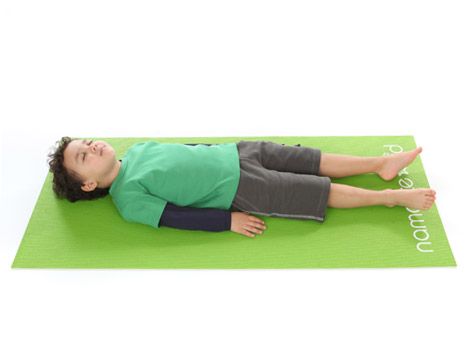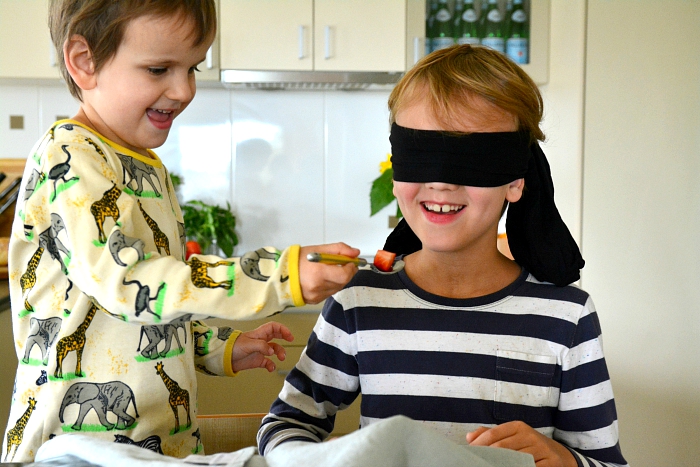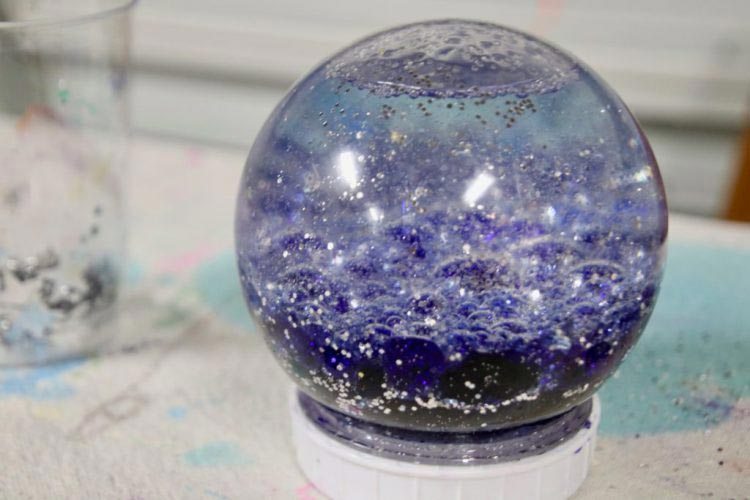Your child may be suffering from anxiety, but may not have the tools to express their feelings and cope during times of distress. Below are a few mindfulness techniques for children who suffer from anxiety.
1. Teddy Bear Breath
Have your child lie down on their bed. Place a teddy bear or stuffed toy on their belly.
Tell your child to breathe naturally, then ask them to notice the rise and fall of their teddy bear as they breathe. Encourage your child to focus on their teddy bear for a few minutes, allowing them to come into a slower and deeper pace of breath.

For children and adults who are new to mindfulness and breathwork, physical or concrete feedback is helpful when teaching them to connect with their breath.
And since anxiety can often leave you feeling detached from your breath and body, this is a good way to ground your child back into the present moment.
2. Body Scan
Just like adults, children can also benefit from a brief body scan. Performing a body scan helps build body awareness and also promotes feelings of calm.
Ask your child to sit or lie down. Guide them through a body scan by telling them to notice where their feet are in space, encouraging them to wiggle their fingers r make circles with their ankles. Then, tell them to bring their attention up to their legs, hips, belly, and so on.
A body scan can be brief, and can be completed in less than a minute. Try doing this with your child before bedtime.
3. Blindfolded Taste Tests
If you’ve tried doing the cookie meditation with your child, then try doing a simple taste test with them too.
Take three to five saucers or small bowls, and put a different snack in each. Try to use foods with starkly different flavors. Then, blindfold your child or simply ask them to close their eyes. Then, encourage them to try each snack.
Tell your child to focus on each flavor and texture that they experience while eating. Have your child chew and swallow slowly, taking their time. Mindful eating helps one reconnect to their senses.
4. Snow Globe of Emotions
For children who enjoy arts and crafts, try making a DIY snow globe with them.
Get an old jar and fill it with water. Then, add glitter, sand, and even vibrant stones inside. Tell your child that this snow globe represents their feelings. As you’re preparing the jar, encourage your child to verbalize the different feelings and emotions that they have experienced.
The next time your child feels stressed or upset, ask them to shake the jar. Tell them to notice how the glitters and sand scatter across the water but eventually settle down.
Teach your child that negative emotions can leave us feeling scattered and overwhelmed also. However, feelings are temporary and eventually calm and clear up. To practice mindfulness, then, is to recognize those moments of clarity, quiet, and peace. These mindfulness techniques for children who suffer from anxiety should definitely help.
.jpg)






